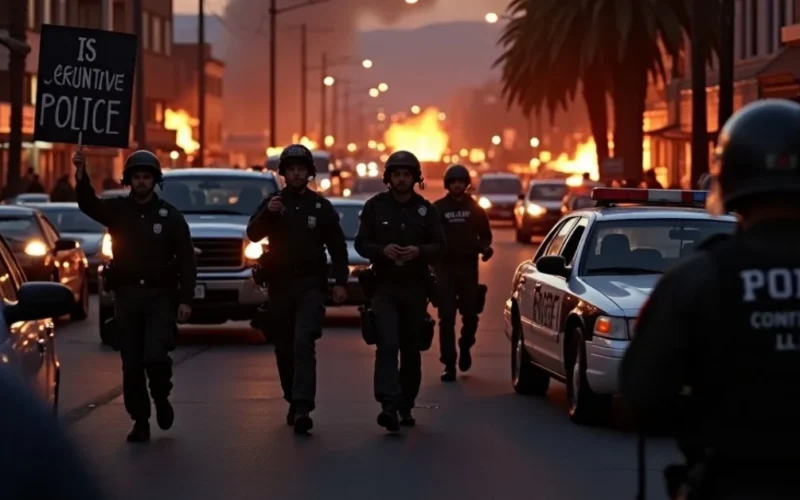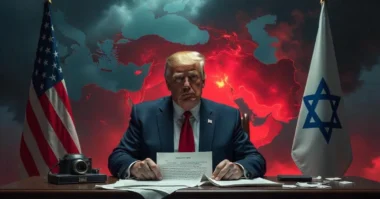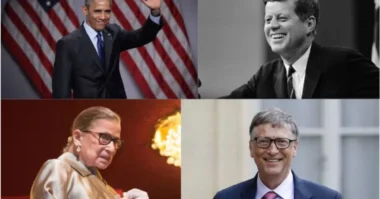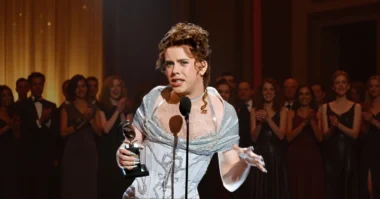Table of Contents
- Introduction
- Who Was Rodney King?
- What Caused Outrage After the Rodney King Verdict?
- How the Rodney King and LA Riots Unfolded?
- Key Statistics from the LA Riots
- Rodney King and Injustice in America
- How the Media Shaped Rodney King’s Story?
- Rodney King’s Famous Plea for Peace
- Rodney King Trial Outcomes and Legal Impact
- Long-Term Effects of Rodney King and the LA Riots
- Rodney King’s Legacy and the Fight for Justice
- How the Rodney King Case Changed Public Dialogue?
- Conclusion
Introduction
The beating of Rodney King and the violent reaction that followed were not just isolated events. They exposed deep cracks in the American justice system and society. This article explains the events, causes, and long-lasting impact of the LA riots sparked by the Rodney King case. Using clear language, we will show how one moment ignited a nationwide movement for change in the United States.
Who Was Rodney King?
Rodney King was a 25-year-old Black man living in Los Angeles. On March 3, 1991, four LAPD officers brutally beat him during an arrest after a high-speed chase. George Holliday, a nearby resident, recorded the incident on his camcorder. That video quickly reached national news and shocked millions across the country.
Police pulled King over, and instead of arresting him calmly, they kicked, punched, and hit him with batons while he lay on the ground. The video clearly showed that King wasn’t fighting back, yet the officers kept attacking him. People across the U.S. began to ask: If this happened on camera, what happens when no one is watching?
What Caused Outrage After the Rodney King Verdict?
The video stirred strong emotions because it made police brutality visible to the public. However, what truly pushed people over the edge was the court’s decision. In April 1992, a mostly white jury in Simi Valley acquitted the four officers involved.
This verdict sent shockwaves through Black communities and others who had hoped for justice. Many felt the legal system had failed once again. Peaceful protests soon turned into widespread unrest and destruction, fueled by years of anger.
How the Rodney King and LA Riots Unfolded?
The LA riots began just hours after the officers were acquitted. At the intersection of Florence and Normandie in South Central LA, bystanders attacked passing motorists and set fires. Police, caught off guard, withdrew from the area, allowing chaos to grow.
Within hours, the unrest spread. For six days, Los Angeles faced large-scale violence. People looted stores, torched buildings, and fought with police. Entire neighborhoods burned, and families lived in fear.
Key Statistics from the LA Riots
The LA riots were among the most destructive in U.S. history.
- Consider these figures:
- 63 people died
- Over 2,000 suffered injuries
- More than 12,000 were arrested
- Over 1,100 buildings were destroyed
- $1 billion in property was damaged
Although these numbers are staggering, they don’t reflect the emotional trauma or lasting wounds within affected communities.
Rodney King and Injustice in America
The Rodney King case revealed painful truths about racial inequality in America. For years, Black communities had voiced concerns about mistreatment by law enforcement. The King incident validated those fears in the most public way possible.
Moreover, the decision to move the trial to a mostly white area only fueled suspicions of systemic bias. Many concluded that justice was often reserved for the powerful, not the oppressed.
How the Media Shaped Rodney King’s Story?
The media significantly influenced how the public perceived the Rodney King case. News outlets repeatedly broadcast the beating video. As a result, it became a symbol of unchecked police violence.
Television also brought the riots into viewers’ homes in real time. For many Americans, it was their first experience witnessing a full-scale civil disturbance on live TV. That nonstop coverage sparked conversations on race, power, and justice.
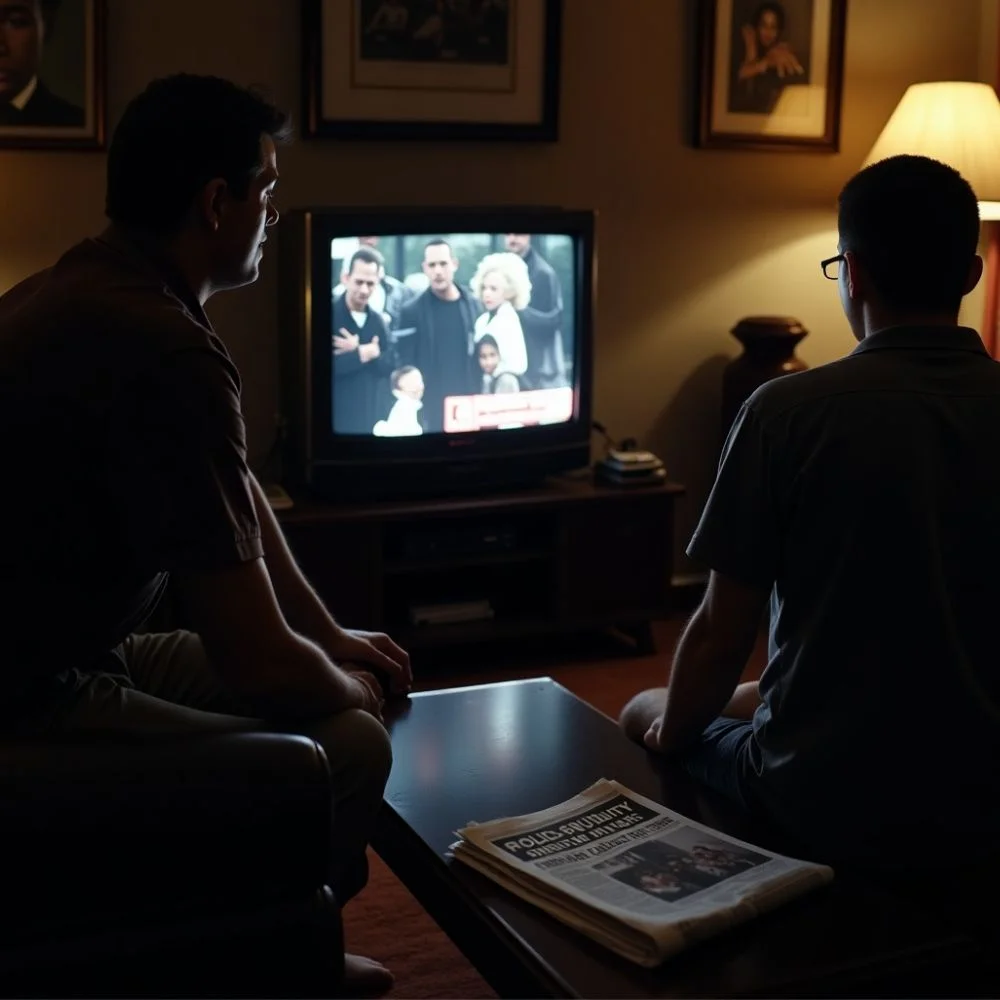 Rodney King’s Famous Plea for Peace
Rodney King’s Famous Plea for Peace
At the peak of the riots, Rodney King made a heartfelt public appeal. He stood before cameras and asked, “Can we all get along?”
Instead of anger, his words reflected a desire for peace. His simple question resonated across the country and reminded people of the human cost of division and hatred. It encouraged unity when the city was tearing itself apart.
Rodney King Trial Outcomes and Legal Impact
Following the unrest, federal authorities took action. In a separate civil rights trial, two of the four officers were found guilty and sent to prison.
Rodney King also received a $3.8 million settlement from the city of Los Angeles. While he used some of it to try to rebuild his life, he continued to struggle personally. Meanwhile, the police department faced pressure to change how it operated.
Long-Term Effects of Rodney King and the LA Riots
- The beating and the riots forced serious changes in law enforcement.
- The Los Angeles Police Department introduced new training programs.
- City officials created the Christopher Commission to investigate LAPD culture.
- Their report revealed widespread abuse and weak oversight.
In response, many cities across the country began reviewing their own police departments.
Calls for reforms, such as body cameras, civilian oversight, and better community relationships, grew stronger. Though slow, some progress took root in the years that followed.
Rodney King’s Legacy and the Fight for Justice
Rodney King passed away in 2012, but his legacy remains powerful. His name became a symbol in the fight against police brutality. Schools, media, and civil rights groups continue to teach his story as a turning point in modern justice movements.
The LA riots stand as a historical warning. They showed what happens when justice is denied and voices are ignored. Today, his story still inspires people to speak up and demand fairness.
How the Rodney King Case Changed Public Dialogue?
The Rodney King case did more than spark protests; it reshaped national dialogue. For many, it was the first clear proof of systemic racism within law enforcement. New terms like “racial profiling” and “use of force policy” entered the public lexicon. These ideas became the basis for reform discussions, legislation, and civil rights campaigns.
Conclusion
The story of Rodney King and the LA riots reflects a time when America faced uncomfortable truths. It exposed failures in policing and equality. But it also sparked a lasting call for change. Educators included King’s case in lesson plans. Lawmakers cited it in debates. Artists used it as a theme in music, film, and literature. Each of these channels kept the conversation alive. Later incidents, such as those involving Eric Garner and George Floyd, were linked back to King’s story.
